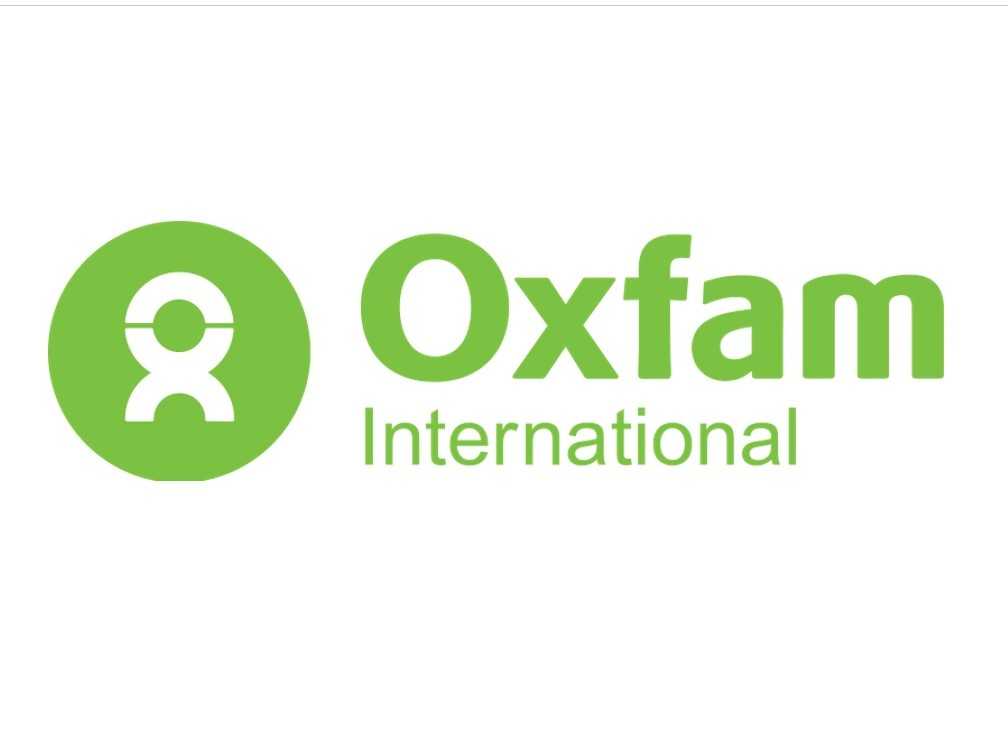At least ten million poor people face hunger this year and next due to droughts and erratic rains, influenced by climate change and the likely development of a ‘super El Niño’. In ‘Entering Uncharted Waters: El Niño and the threat to food security’, Oxfam says crops have already failed in Southern Africa and Central America, driving up the price of maize on local markets.
Ethiopia and parts of South East Asia are suffering from the effects of drought and are braced for worse in coming months.
World leaders are set to meet in Paris in December to negotiate a universal and legally-binding UN climate agreement. Oxfam is warning that climate chaos could increase humanitarian emergencies at a time when resources and capacity are already under enormous strain.
Scientists say climate change could double the frequency of ‘super El Niños’. It is a natural phenomenon, occurring every 7 or 8 years, when a huge release of heat from the oceans into the atmosphere influences global weather patterns.
Winnie Byanyima, Oxfam International’s Executive Director said: “Millions of poor people are already feeling the effects of this super El Niño, seeing their crops fail and the price of staple foods soar because of shortages.
Such extreme weather events are only going to increase as climate change ramps up. 2014 was the hottest year on record and this year looks set to exceed it. Governments are waking up to the fact that climate change is already happening and there is an urgent need for a global deal to tackle it.”
In 2011, the delay in responding to the food crisis in the Horn of Africa meant more than 260,000 people died.
Rains are needed from November in Southern Africa to avert a food crisis early next year. The effects of record high temperatures and the ‘super El Niño’ are already being felt;
• The Government of Ethiopia estimates that 4.5 million people will need food relief by the end of the year because of poor rains
• The maize harvest in Zimbabwe is 35% below average following drought
• By February 2016, more than 2 million people in Malawi are expected to be struggling to find enough food
• In Guatemala and Honduras hundreds of thousands of farmers have suffered the partial or total loss of their crops through drought and changes to the seasons
• Papua New Guinea has been hit by torrential rains that caused landslides, then drought and severe heat that withered crops, affecting 2 million people
• Indonesian authorities have declared a drought in the majority of the country’s 34 provinces
The last big El Niño in 1997-98 caused climate chaos and humanitarian disasters in many countries from Peru to Indonesia.
In addition, the pattern of El Niños is getting harder to predict. With ongoing climate change, 2014 was the hottest year on record. No El Niño developed then but growing seasons in Southern Africa and Central America behaved as if one were occurring.
Temperatures continued to soar this year and some scientists are expecting it to be the most powerful El Niño to date.


















